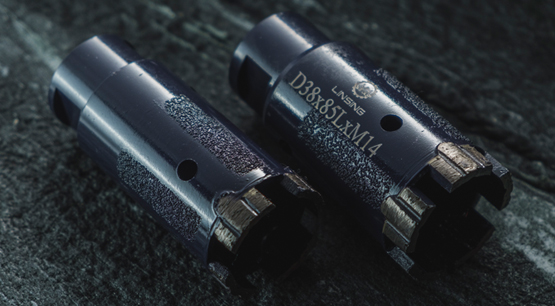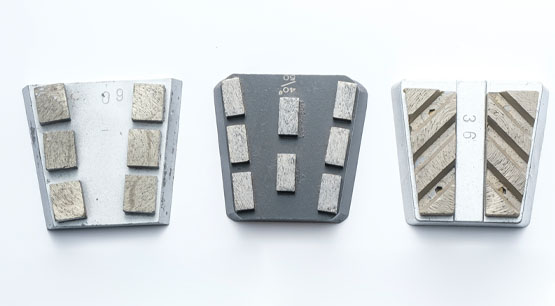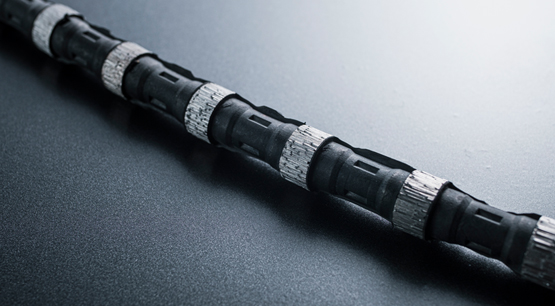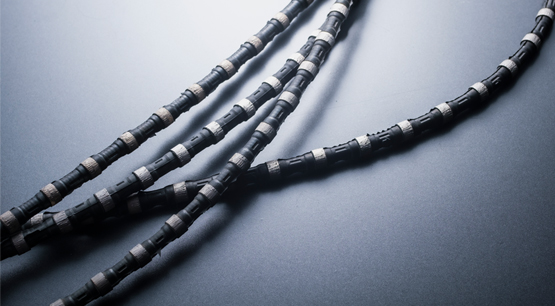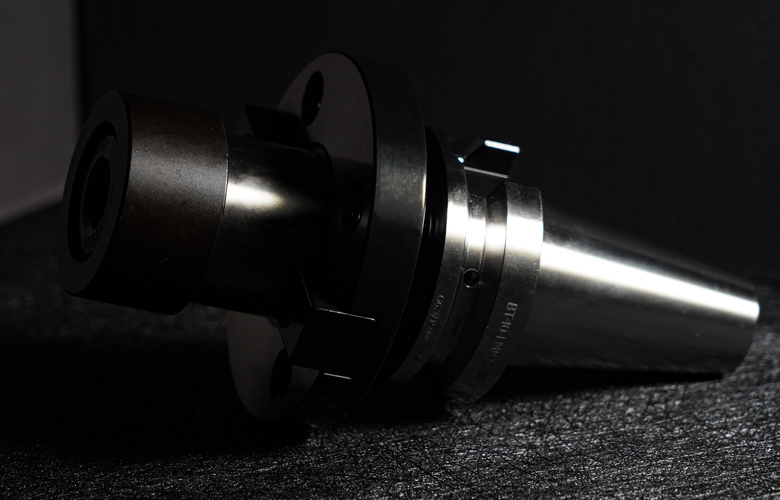Introduction
Wire saws are critical tools in industrial cutting applications, particularly for hard materials like stone and steel. The two primary types of wire saws—rubber wire saws and plastic wire saws—both utilize diamond particles as the cutting medium, but their different compositions lead to varying performances and applications. This article explores the differences between rubber and plastic wire saws, their cutting performance, and their specific uses.
I. Composition of Rubber and Plastic Wire Saws
1. Rubber Wire Saws
Rubber wire saws are primarily made of rubber, usually natural or synthetic rubber. Their components include:
- Steel Wire: The core structure providing essential strength and flexibility.
- Diamond Particles: The cutting medium embedded in the rubber, enabling high-intensity friction cutting.
- Rubber Coating: Covers the steel wire and diamond particles, offering protection and vibration reduction.
2. Plastic Wire Saws
Plastic wire saws are made of plastic, typically polyethylene (PE), polypropylene (PP), or other high-strength plastics. Their components include:
- Steel Wire: Serves as the backbone, providing necessary strength and flexibility.
- Diamond Particles: The cutting medium embedded in the plastic, enabling high-intensity friction cutting.
- Plastic Coating: Covers the steel wire and diamond particles, providing protection and stability.
II. Performance Differences Between Rubber and Plastic Wire Saws
1. Wear Resistance and Durability
- Rubber Wire Saws: Rubber offers excellent elasticity and toughness, resulting in superior wear resistance. Rubber wire saws are well-suited for prolonged, high-intensity cutting operations. The rubber coating effectively reduces the loss of diamond particles, enhancing the tool’s longevity.
- Plastic Wire Saws: While plastic also provides good wear resistance, it is slightly inferior to rubber. In high-temperature or extended use scenarios, plastic can age or become brittle, affecting its durability.
2. Vibration Reduction
- Rubber Wire Saws: The elasticity of rubber gives it excellent vibration reduction properties. This feature is critical for maintaining cutting stability and precision.
- Plastic Wire Saws: Plastic has relatively poor vibration reduction capabilities. During cutting, higher vibrations can affect precision and operator comfort.
3. Heat Resistance
- Rubber Wire Saws: Rubber tends to age, soften, or even melt in high-temperature environments, making its heat resistance relatively poor.
- Plastic Wire Saws: Certain plastics, like high-density polyethylene (HDPE), have better heat resistance, maintaining stable physical properties under high-temperature conditions, making them more suitable for high-temperature cutting environments.
III. Cutting Performance of Rubber and Plastic Wire Saws
1. Cutting Efficiency
- Rubber Wire Saws: Their excellent vibration reduction and wear resistance allow rubber wire saws to maintain high cutting efficiency, speed, and precision when cutting hard materials.
- Plastic Wire Saws: Their cutting efficiency is relatively lower, especially with hard materials. Higher vibrations and quicker wear can impact cutting speed and precision.
2. Cutting Precision
- Rubber Wire Saws: The elasticity and vibration reduction of rubber ensure high precision in cutting, ideal for applications requiring precise cuts.
- Plastic Wire Saws: The higher vibration can reduce cutting precision, making plastic wire saws more suitable for general cutting tasks with less stringent precision requirements.
3. Cutting Adaptability
- Rubber Wire Saws: Highly adaptable, capable of cutting various shapes and hardness levels, especially effective for cutting hard stones and metals.
- Plastic Wire Saws: Best suited for softer materials like certain stones, ceramics, etc., and less effective on very hard materials compared to rubber wire saws.
IV. Applications of Rubber and Plastic Wire Saws
1. Applications of Rubber Wire Saws
- Construction Engineering: Extensively used for cutting concrete and reinforced concrete in construction projects, such as wall openings and floor cutting.
- Stone Processing: Suitable for cutting and carving hard stones like granite and marble, ensuring high precision and efficiency.
- Metal Cutting: Used in industrial manufacturing to cut various metal materials, including high-hardness steel and alloys.
2. Applications of Plastic Wire Saws
- Decorative Engineering: Ideal for cutting relatively soft materials such as tiles, ceramics, and certain stones, suitable for indoor decoration projects.
- Light Cutting Tasks: Suitable for light cutting tasks such as cutting plastic pipes and wood, not ideal for high-intensity cutting tasks.
- Special Environment Applications: Some special plastic wire saws, due to their heat resistance, can be used in high-temperature environments, fitting specific industrial scenarios.
V. Conclusion
Rubber wire saws and plastic wire saws, as essential tools in industrial cutting, each have their unique advantages and application scenarios. Rubber wire saws, with their superior wear resistance, vibration reduction, and broad adaptability, are particularly suitable for high-intensity and high-precision cutting tasks, such as in construction engineering, stone processing, and metal cutting. Plastic wire saws, with better heat resistance and moderate wear resistance, are more suited for cutting softer materials and specific high-temperature environments, making them ideal for decorative engineering and light cutting tasks.
In practical applications, choosing the appropriate type of wire saw should consider specific cutting requirements and material characteristics to achieve the best cutting effect and economic benefits. Through proper use and maintenance, the performance of both rubber and plastic wire saws can be fully realized, ensuring the smooth and efficient completion of cutting tasks.




